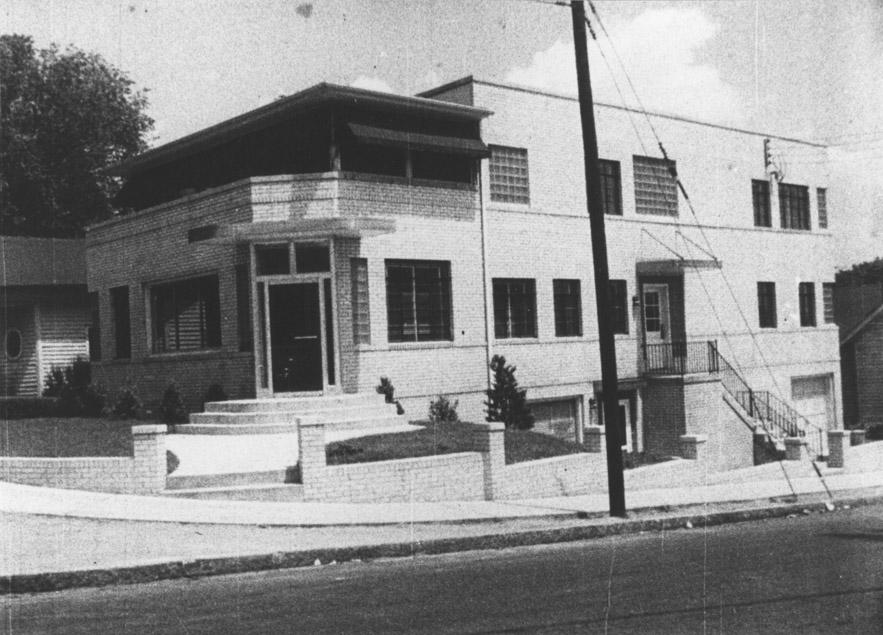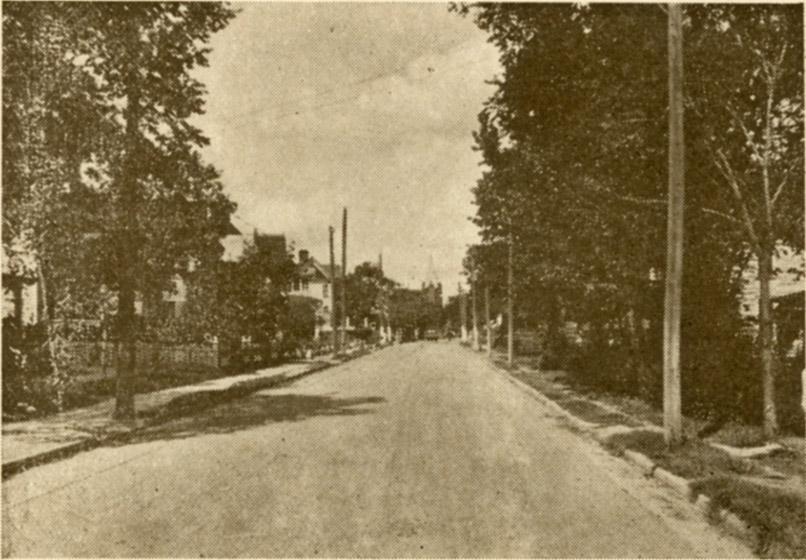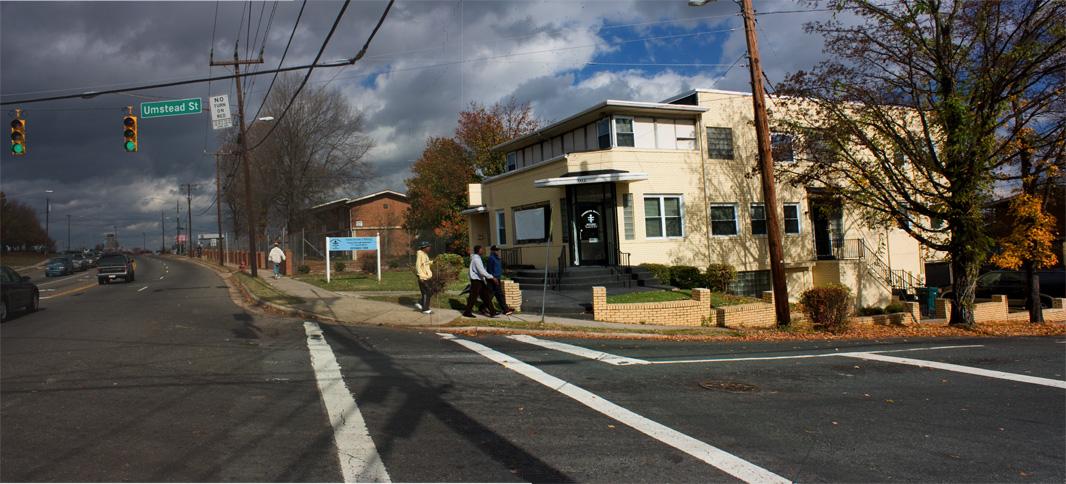Support OpenDurham.org
Preserve Durham's History with a Donation to Open Durham Today!
OpenDurham.org is dedicated to preserving and sharing the rich history of our community. Run by our parent nonprofit, Preservation Durham, the site requires routine maintenance and upgrades. We do not ask for support often (and you can check the box to "hide this message" in the future), but today, we're asking you to chip in with a donation toward annual maintenance of the site. Your support allows us to maintain this valuable resource, expand our archives, and keep the history of Durham accessible to everyone.
Every contribution, big or small, makes a difference and makes you a member of Preservation Durham. Help us keep Durham's history alive for future generations.




Comments
Submitted by Andrew Edmonds (not verified) on Fri, 11/21/2008 - 1:35pm
Gary, would you occasionally add some text to your posts from the Urban Renewal assessment reports of these structures?
The scope of Hayti destruction is numbing when presented on an atom-by-atom level, of course. I realize that Fayetteville Street was the main drag and likely to have the most impressive (and well-maintained) homes in Hayti, but it's difficult to reconcile the idea of a vast, blighted neighborhood with the 1962 image of 1105 Fayetteville, with its nicely manicured hedges.
The fact that this (seemingly historically unremarkable) home barely registers a description on your blog underscores, to me at least, this disconnect between what we thought we knew about Durham's history and the photographic evidence.
A few sprinkles from the property assessments might cast some light on this disparity. (Or is it all sheer madness?!)
Submitted by Gary (not verified) on Fri, 11/21/2008 - 1:57pm
Andy
I don't have the urban renewal assessment reports for the structures - I spent a lot of long nights scanning the photos, but i did not scan the full reports, because of the time involved. I believe that Lynn Richardson is working with some other volunteers to begin scanning the actual reports.
I'm not sure they would shed a great deal of light on this process - they tend to derive what they felt was a fair market value from rent or comparables, and they give a very brief description of the condition of the structure. "In bad disrepair", etc. When the structures are in good shape from the photo, they tend to use descriptions like "functionally obsolescent."
I'm doing the best I can with descriptions - none of this exists in another secondary form, so I'm piecing things together from the city directories, sanborn maps, aerials, urban renewal photos, etc. I've never viewed this as a static work, so perhaps others will be able to fill in more detail about people who lived and worked in a specific house. I view it as more important to get a framework published, with as much information as I can, and hang more information on those branches as it arises.
Part of my reason for doing all of this is what I felt was a primary failing of the Historic Inventory - the lack of any information about what was gone. I understand the reasons for that, but how can we talk intelligently about the architectural history of Durham when no one in the city knows much of anything about the places that are gone? Most of what historical record we have is slanted towards downtown and Duke/the Duke penumbra.
I do plan to do some work on the more impoverished areas of Hayti and their poor conditions - I've scanned all of those photos as well. I won't do it all, because it would take a year, and it's even more numbing. But it should help to provide an understanding as to what would have motivated progressive people to believe that something needed to be done to 'improve' housing conditions for people living in Hayti.
GK
Submitted by Steve (not verified) on Fri, 11/21/2008 - 2:31pm
Once again, nice work.
The building at 1111 sure stands out! I found myself in suspense over whether or not it would turn out to be bulldozed as I read/viewed your post, since it seemed like a newer "moderne" structure. But alas! It still exists!
Add new comment
Log in or register to post comments.